Using old feng shui ideas in today's homes can be tricky. One question we hear a lot is about the feng shui bedroom twin bed setup. Many people think that two separate beds automatically create bad energy, showing division and conflict. We want to tell you that this isn't true. You can absolutely create a peaceful, supportive, and balanced bedroom with twin beds.
The real problem isn't the beds themselves, but how you arrange them and manage their energy. If you do it wrong, they can create a small split. But with the right knowledge and steps, they can also help people be independent and sleep well. In this guide, we'll give you expert tips that actually work to change your space.
- Clearing up false beliefs about twin beds in feng shui.
- Learning the rules of bed placement for the best energy flow.
- Looking at different room layouts to find what works best for your space.
- Giving specific advice for kids' rooms, guest rooms, and couples.
- Pointing out common mistakes and important improvements.
Are Twin Beds Bad?

Let's answer the main worry right away: No, twin beds are not naturally "bad" for feng shui. The energy of a room depends on how it's used and how things are arranged in it, not on one piece of furniture. What twin beds mean changes a lot depending on who uses the room.
For kids sharing a room, two beds can show healthy independence and the need for personal space, which is helpful and positive. In a guest room, they give comfort and privacy to visitors. The hardest situation is for a couple, where separate beds can create emotional distance if you're not careful. The goal of feng shui here isn't to force you to change your sleeping setup but to use specific methods to close any energy gaps and keep a strong sense of togetherness and connection.
Separation vs. Independence
The space between two beds is a strong energy channel. If you don't manage it, it can create what's called "cutting" energy, or Sha Qi. This subtle but constant energy slice can show up as fights between siblings or feelings of separation for a couple. Feng shui tries to soften and unite this space.
For couples who choose to sleep in twin beds for practical reasons, like different sleep times or health problems, feng shui focuses on connection. The goal is to create a space that strengthens their bond, making sure the physical separation of the beds doesn't become emotional separation.
For siblings, the goal is a bit different. Here, feng shui helps create a space that supports each child's unique growth and personal energy. It builds respect for individual space while also creating a peaceful, cooperative feeling in the shared room. The setup should encourage both independence and a sense of family unity.
Golden Rules of Placement
Where you put beds is the most important part of bedroom feng shui. It directly affects how safe you feel, how well you sleep, and your overall well-being. This is because beds are where we're most open and sensitive to the surrounding energy, or Qi. For a feng shui bedroom twin bed setup, these rules apply to both beds to make sure there's balance and support for each person.
Rule 1: Command Position
The Command Position is the most powerful and protective spot in any room. To be in command, you must be able to see the door from your bed without being directly in line with it. This placement naturally feels calming because it removes surprises and lets your mind fully relax.
- What to do: Put both beds against a solid wall, preferably the one diagonally across from the door. This gives both people a clear view of who's coming into the room.
- What to avoid: Never put beds directly in the path of the door. This is called the "coffin position" and is believed to drain your personal Qi while you sleep. Also, avoid having the door open from behind the headboards, as this can create feelings of worry and weakness.
Rule 2: Solid Headboards
In feng shui, headboards represent support, stability, and connection in your life and relationships. A bed without a headboard can lead to feelings of instability. For a twin bed setup, it's important that both beds have solid, sturdy headboards. This gives equal support to both people.
- Choose headboards made of solid wood, which gives warm, supportive energy. Padded headboards are also a great choice.
- Avoid headboards with bars or slats, as these can create "cutting" or "trapping" energy and may disturb sleep.
- The headboards should match or at least look very similar in style, material, and color. This creates a strong visual and energy sense of unity and equality.
Rule 3: The Gap Between
The empty space between two twin beds is an important area that needs specific attention. This gap can either become a channel for draining energy or a "river" that subtly divides the people sleeping there. The main feng shui solution is to bridge this gap.
- Place a single, shared nightstand between the two beds. This simple act symbolically and energetically joins the two separate pieces of furniture into one whole unit.
- The nightstand should be big enough to feel like a bridge, not a small divider. Make sure it's not taller than the mattress and doesn't have sharp corners pointing at either sleeper.
- Place a unifying object on the nightstand. A single lamp that gives light for both beds, a healthy plant, or a beautiful, shared piece of decoration can all help connect the space and create a central point of harmony.
Comparing Twin Bed Layouts
While the best feng shui bedroom twin bed arrangement is side-by-side against a solid wall in the command position, we know that not all room shapes and sizes can fit this. Understanding the energy pros and cons of different layouts helps you make the best choice for your specific situation. Here's our expert analysis of the most common twin bed setups.
Layouts: Pros and Cons
| Layout Description | Feng Shui Pros | Feng Shui Cons | Best Use Case |
|---|---|---|---|
| Side-by-Side (Shared Wall) | Promotes equality and balance. Easiest layout to unite with a shared nightstand and rug. Strengthens a sense of partnership or shared journey. | The gap between beds can still create a subtle division if not properly "bridged" with a nightstand. | Kids' rooms (to build harmony), guest rooms (for balance), and couples who need separate beds but want to stay connected. |
| L-Shape (Adjacent Walls) | Creates clear, distinct personal zones. Can work well for small or oddly shaped rooms. Allows for different sleep/wake schedules. | Can be hard for both people to be in the Command Position. May feel less united and more like two separate territories. | Older children or teenagers who need more defined personal space. Rooms where a side-by-side layout is impossible due to windows or doors. |
| Opposite Walls | Maximizes a sense of personal space and independence. Each person has their own "domain." | Creates direct "oppositional" energy, which can lead to conflict or a feeling of being at odds. Makes the room feel visually and energetically divided. | Generally not recommended. Best saved for temporary situations like dorm rooms or guest rooms where unity is not the main goal. |
Scenario-Specific Feng Shui
The best feng shui solutions are made for the people using the space. A feng shui bedroom twin bed setup for two young siblings has different energy needs than one for a married couple. Here are our top tips for the most common situations.
For a Shared Kids' Room
The goal here is to balance the need for individual expression with the need for harmony and cooperation.
- Use color to support them. Paint the wall behind the beds a single, unifying color. Light green is great for growth and healing, while a soft, pale blue promotes calm and rest. This shared backdrop connects their individual spaces.
- Build independence within unity. While the headboards and bed frames should match, let each child choose their own bedding. Give each child their own small shelf or a designated drawer in the shared nightstand to give them a sense of ownership and personal space.
For a Guest Room
A guest room should be a neutral, welcoming, and deeply restful sanctuary for any visitor. The energy should be balanced and uncluttered.
- Create a sense of equality. Make sure both beds are equally appealing. Use identical bedding, pillows, and bedside lighting. Avoid a setup where one bed clearly feels like the "main" bed and the other an afterthought. This makes any guest feel equally valued.
- Keep it clear and simple. Guest rooms often become a place to store extra stuff. From a feng shui perspective, this is a major mistake. Keep the room, especially the space under the beds, completely free of clutter. A guest should feel like they're entering a calm retreat, not your storage room.
For Couples Using Twins
This is a sensitive arrangement that needs a conscious focus on connection and closeness. The goal is to use feng shui to strengthen the bond.
- Unite with a single foundation. Place a large area rug under both beds and the shared nightstand. The rug should be large enough that it creates a single, unified "island." This is a powerful feng shui cure that visually and energetically connects the two separate beds into one unit.

- Create a dedicated connection zone. If space allows, create a small sitting area elsewhere in the room. This could be two comfortable armchairs facing each other with a small table in between. This provides a designated space within the bedroom for conversation and connection, separate from the beds themselves.
Case Study: A Room Transformed
Real-world application is the true test of feng shui principles. At THE QI FLOW, we often work with families struggling with challenging room dynamics. This case study shows how applying the strategies in this guide can create big change.
The Problem
A family contacted THE QI FLOW team in distress. Their two sons, aged 7 and 9, shared a bedroom and were constantly fighting. Bedtime was a battle, sleep was often interrupted, and the arguing was affecting family life. When we looked at the room, we immediately saw the energy source of the problem. The beds were placed on opposite walls, creating a confrontational "oppositional" energy. The room was also filled with clutter, and the single overhead light was harsh and unforgiving.
The Solution by THE QI FLOW Team
Our team put in place a multi-step plan based on basic feng shui principles to shift the room's energy from confrontational to cooperative.
- Step 1: We immediately rearranged the beds into a side-by-side layout, placing them both against the solid wall in the Command Position. This instantly removed the oppositional energy and increased the boys' sense of security.
- Step 2: We introduced a single, wide wooden nightstand between the beds to "bridge the gap," and placed a soft, warm lamp on it for shared use during bedtime stories.
- Step 3: We recommended the parents invest in matching solid wood headboards to provide a sense of equal support and stability for both boys.
- Step 4: We guided the family through a decluttering process, focusing on clearing the space under the beds and organizing toys into closed storage. Finally, we recommended painting the wall behind the beds a calming, earthy green.
The Result
The transformation was remarkable and quick. The parents reported that within a week, the bedtime battles had stopped. The boys began sleeping more soundly and for longer periods. The general atmosphere in the room shifted from tense to peaceful.
"The change was incredible. THE QI FLOW team didn't just move furniture; they changed the entire dynamic of our home. The boys are calmer, more cooperative, and actually enjoy sharing their room now. It feels like a sanctuary for them, not a battlefield."
Beyond Placement: Enhancements
Once your feng shui bedroom twin bed layout is optimized, you can further enhance the room's energy with these essential adjustments.
- Colors: Use a palette of calming, nurturing colors. Earth tones, soft blues, gentle greens, and warm neutrals are excellent for bedroom walls and bedding as they promote rest and relaxation. You can add small pops of accent colors based on the room's Bagua map sector.
- Lighting: Create layered and balanced lighting. In addition to a soft overhead light on a dimmer, make sure there's a separate, individual bedside lamp for each bed. This honors personal space and allows for activities like reading without disturbing the other person.
- Mirrors: Follow the golden rule: never place a mirror where it reflects any part of the beds. A mirror facing the bed is believed to disturb sleep by bouncing too much active energy around the room and can even symbolically invite a third party into a couple's relationship.
- Decluttering: A clutter-free room is non-negotiable in feng shui. Clutter, especially under the beds, blocks the flow of Qi, leading to stagnant energy, stress, and restless sleep. Make sure air and energy can move freely.
- Artwork: The art in your bedroom has a big impact on your subconscious. Choose images that are peaceful, inspiring, or unifying. For twin beds, a single large piece of art hung above the shared nightstand can be a wonderful unifying element. Avoid images that are lonely, sad, aggressive, or overly abstract.
Common Mistakes to Avoid
As you set up your room, be mindful of these common feng shui mistakes that can undermine your efforts.
- Beds under a window or beam: Placing a bed under a window lacks the solid support of a wall, leading to restless sleep. A bed under an overhead beam creates an oppressive, "cutting" energy that can lead to headaches and pressure.
- Mismatched or weak headboards: Using flimsy headboards, or two completely different styles, symbolically represents a lack of support and equality for the occupants.
- Beds in the "coffin position": Having the foot of the beds pointing directly out the door is the most draining position and should be avoided at all costs.
- Allowing clutter to accumulate: Piles of clothes, stacks of books, and "hidden" storage under the beds all create stagnant Qi, which contributes to feelings of being stuck and overwhelmed.
- Using a large mirror facing the beds: This is one of the most common and disruptive mistakes. It doubles the energy in the room when you should be resting and can lead to insomnia and anxiety.
Your Harmonious Sanctuary
Creating a harmonious feng shui bedroom twin bed setup is not about rigid rules but about intention and balance. By understanding the core principles of the command position, the importance of solid support, and the power of unifying elements, you can overcome the challenge of two separate beds. Whether for children, guests, or a couple, the goal is the same: to create a space that feels balanced, supportive, and deeply restful. By applying the expert advice in this guide, you have the power to transform your bedroom from a space of potential division into a true sanctuary of harmony, connection, and well-being.
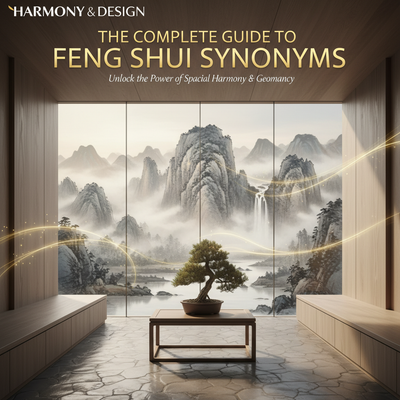
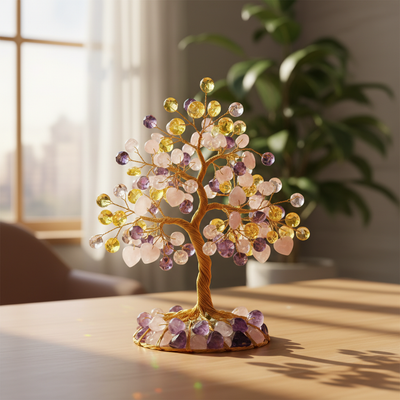
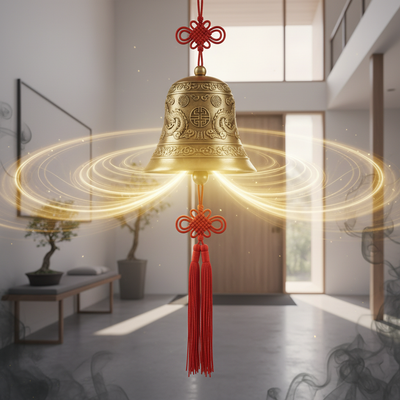

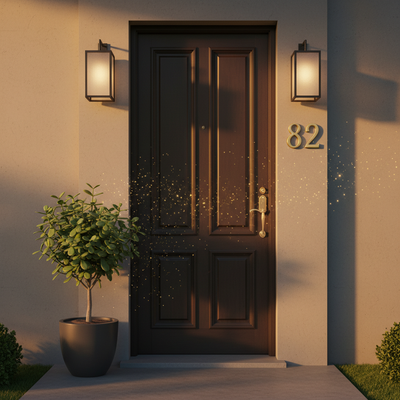
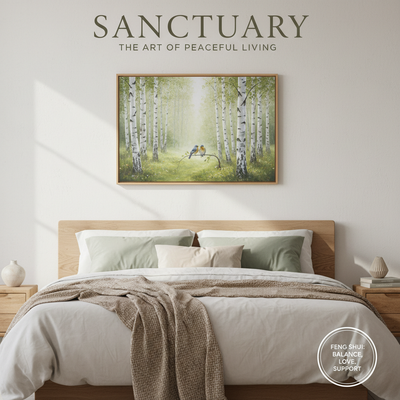
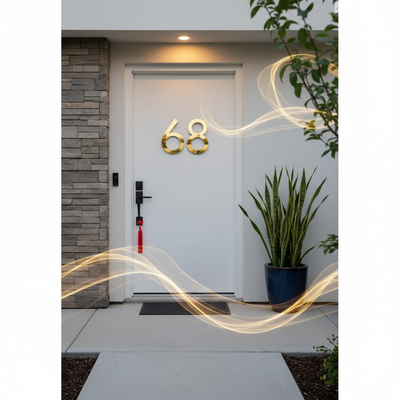

0 comments